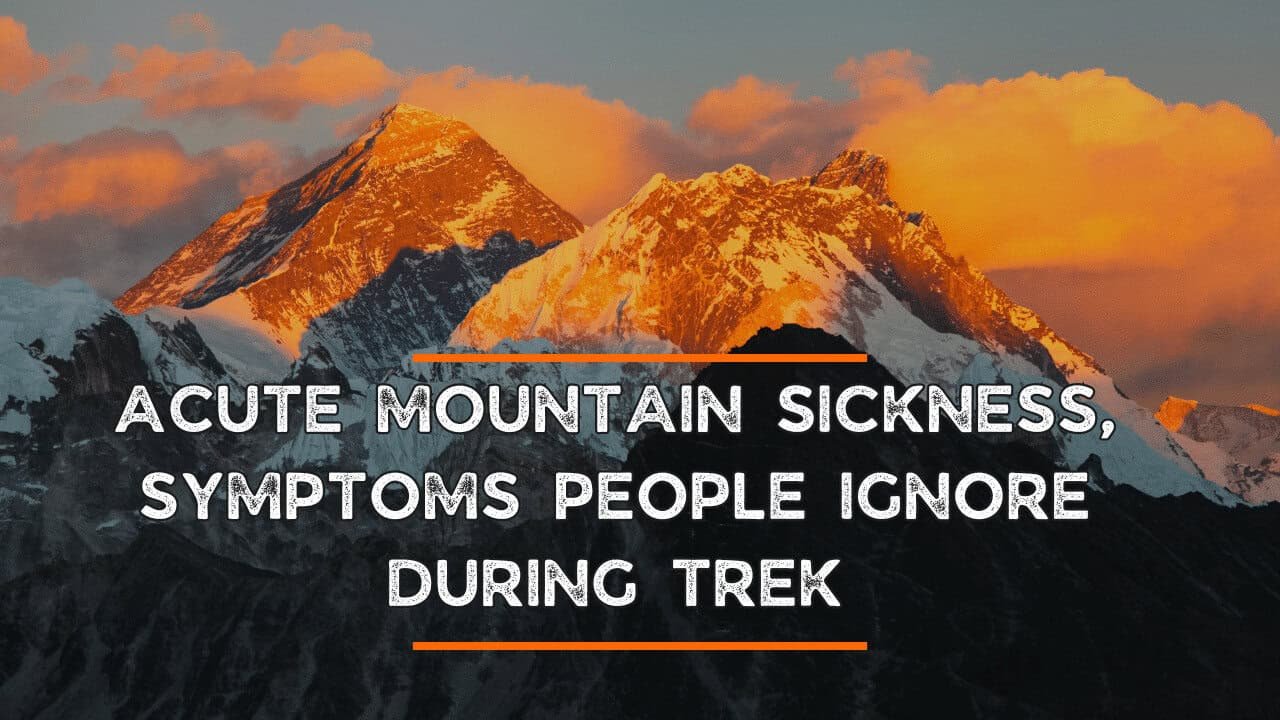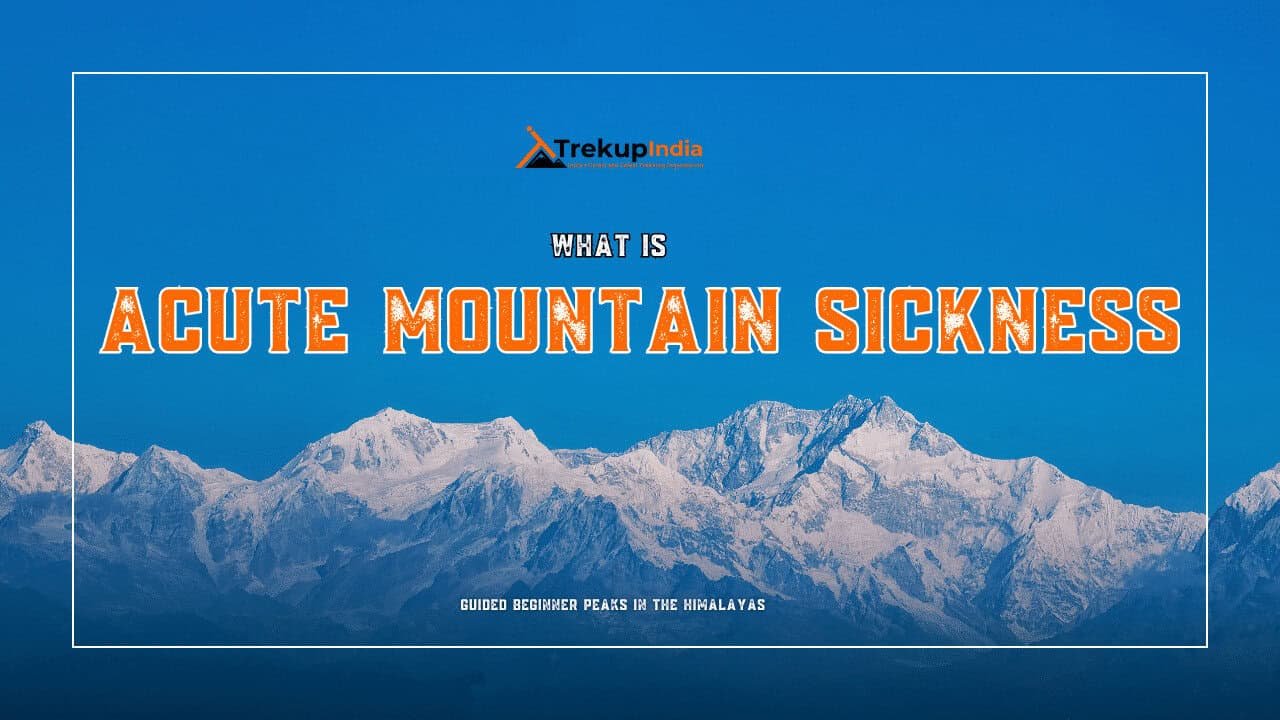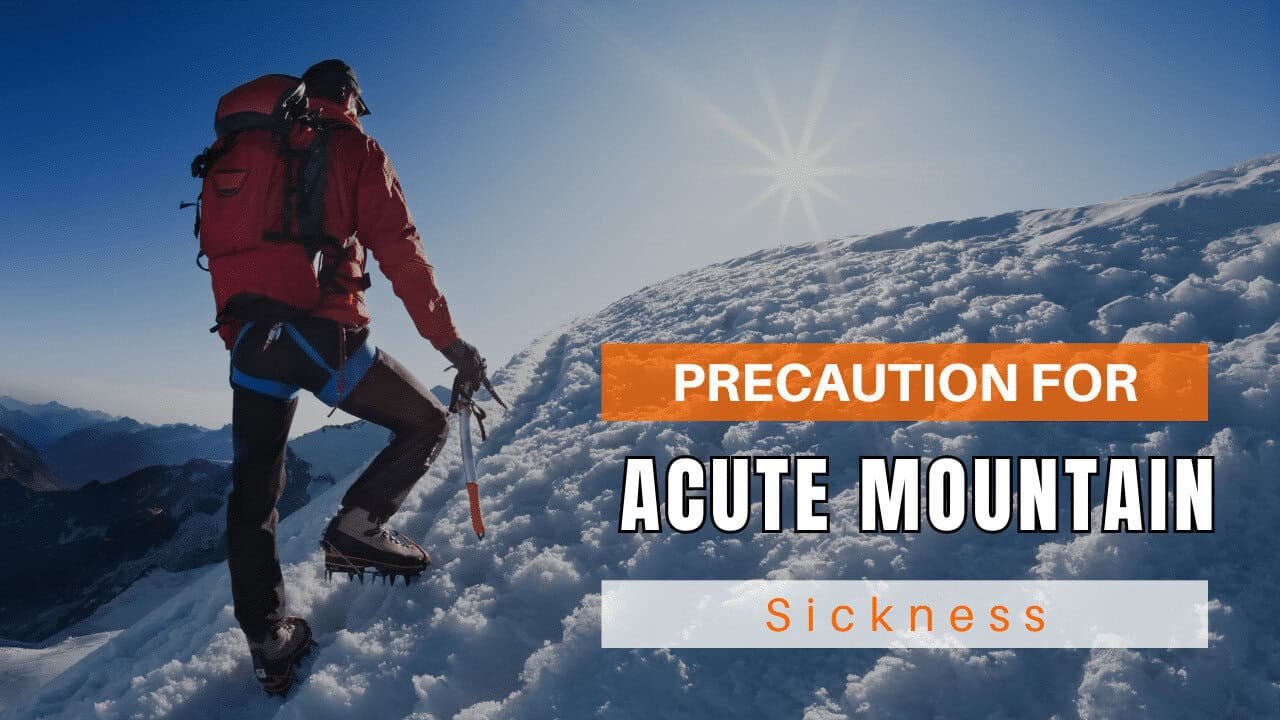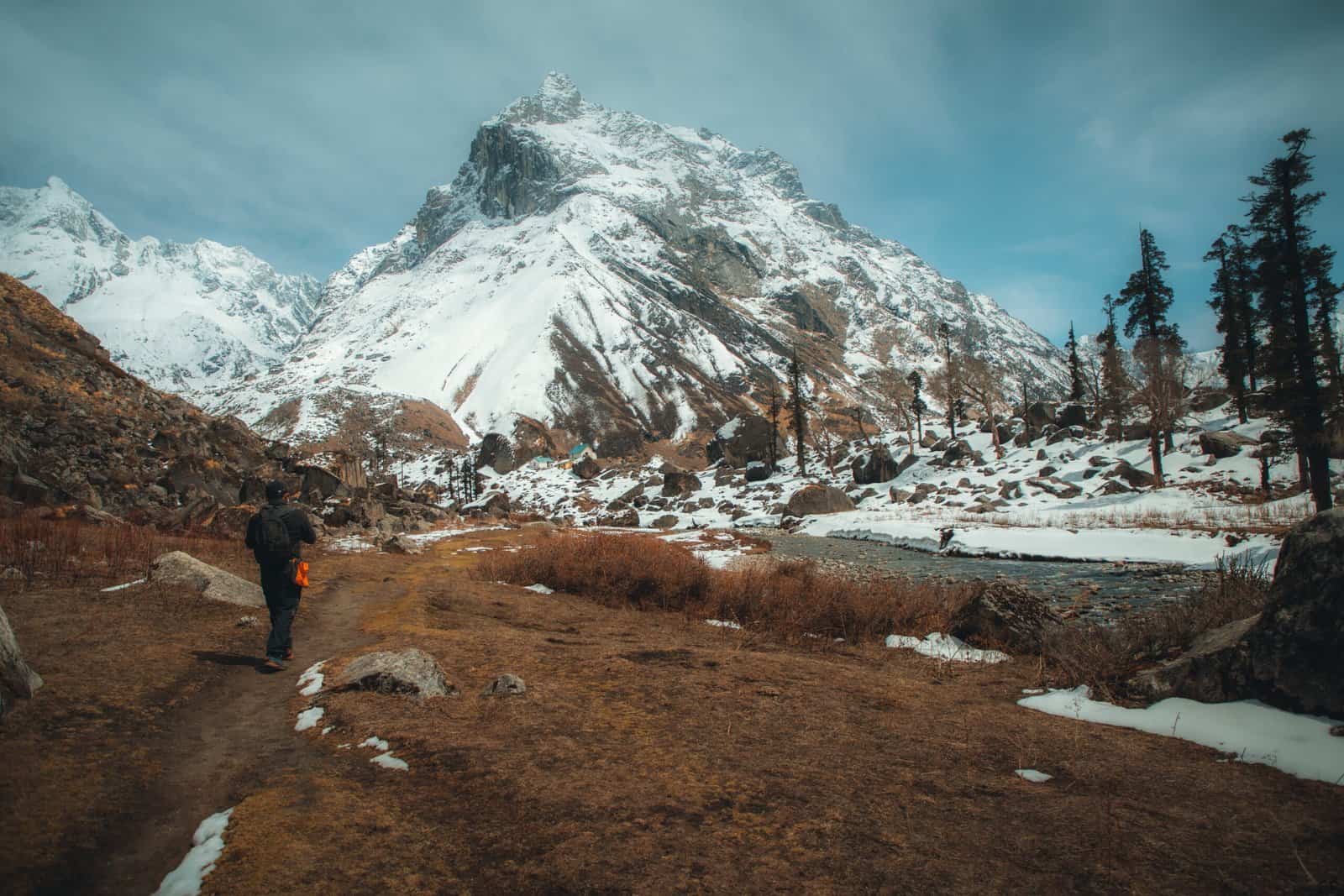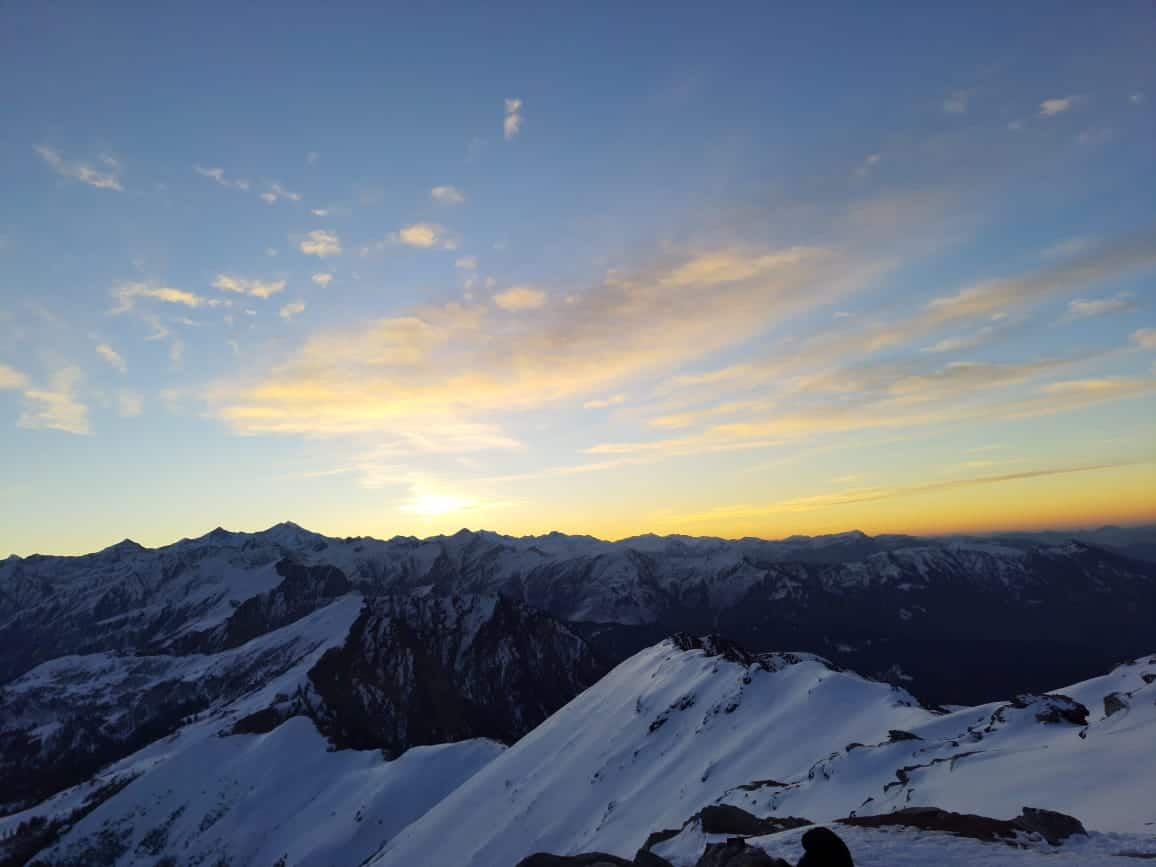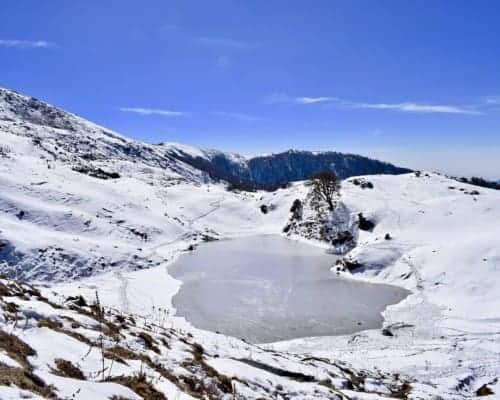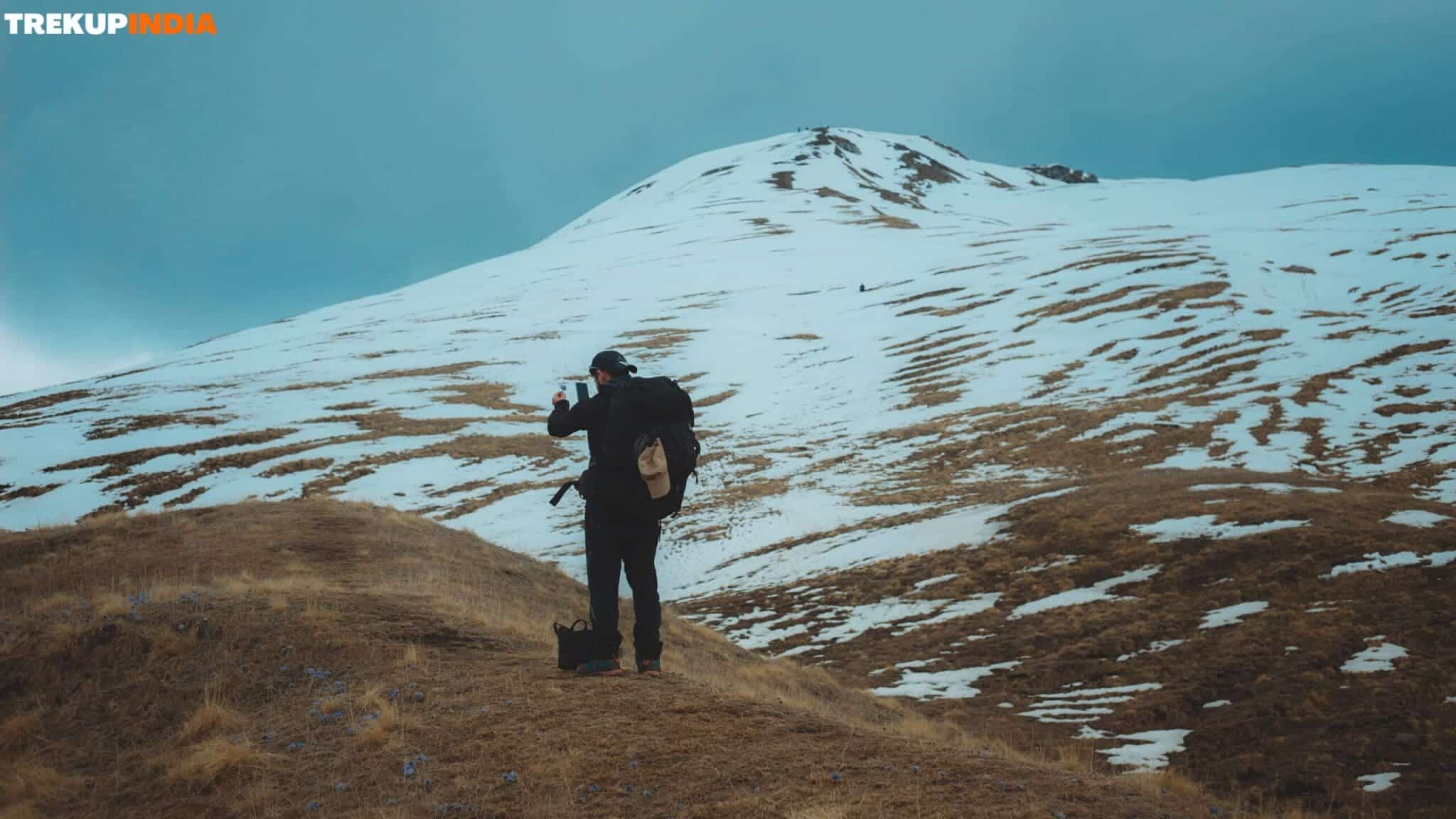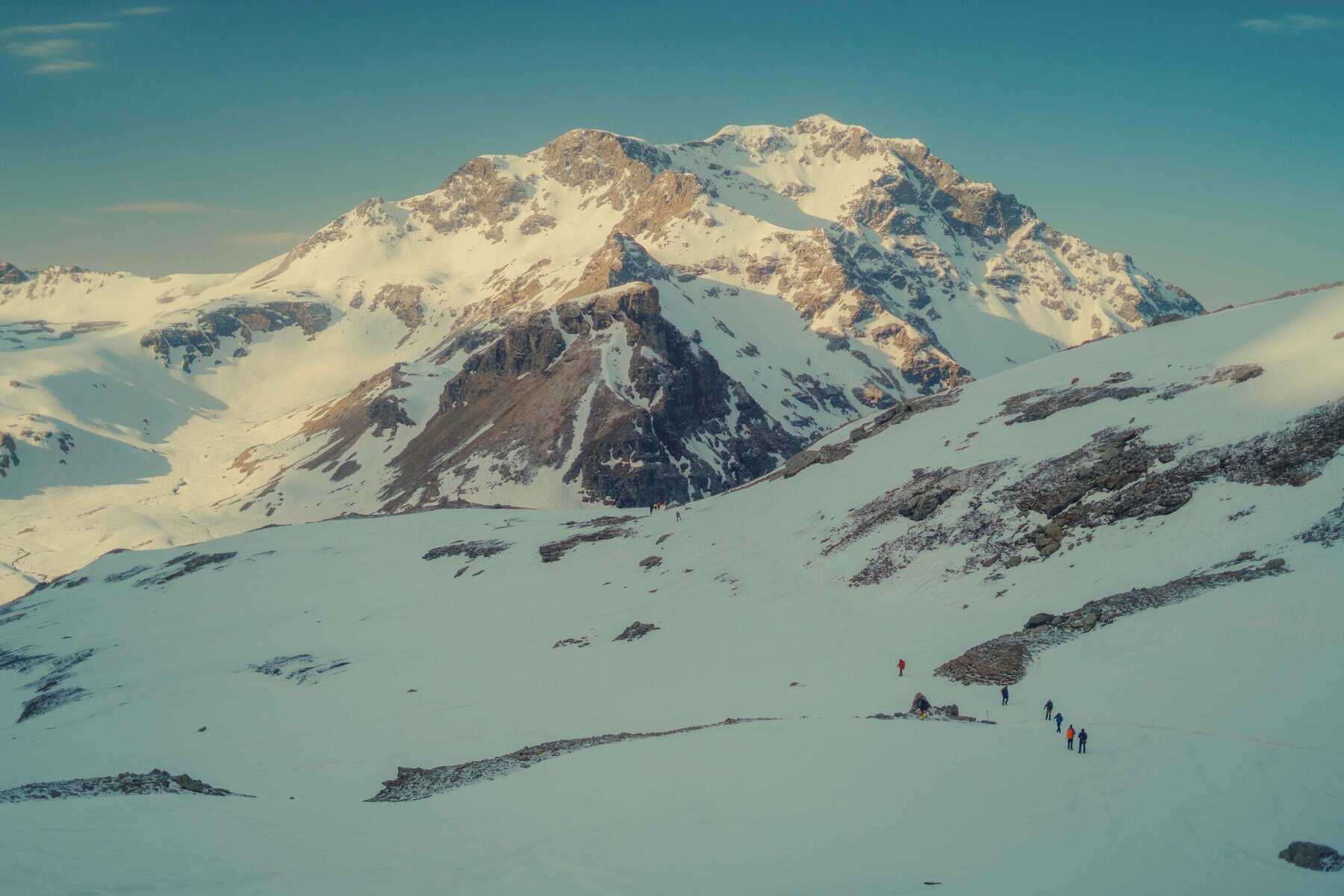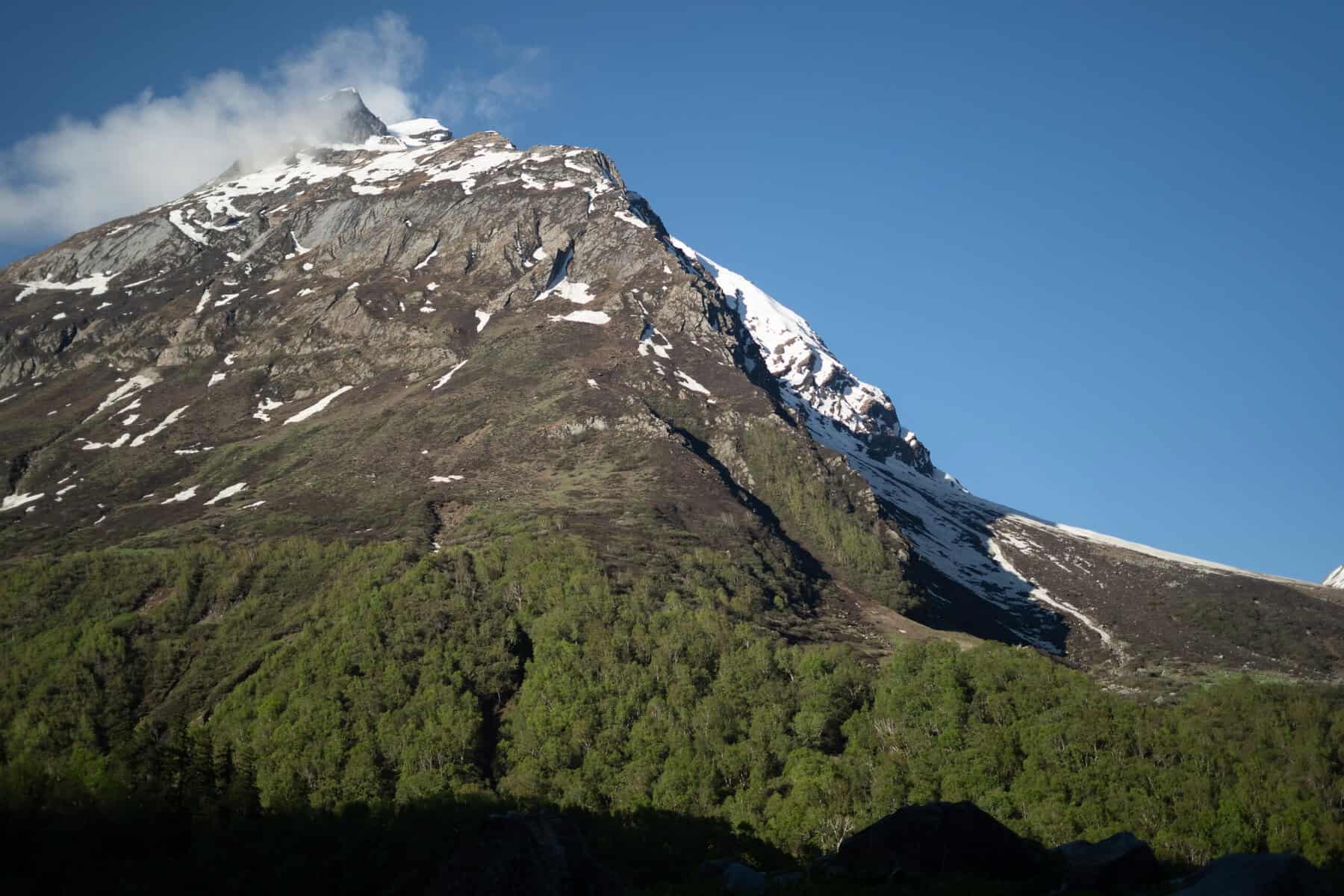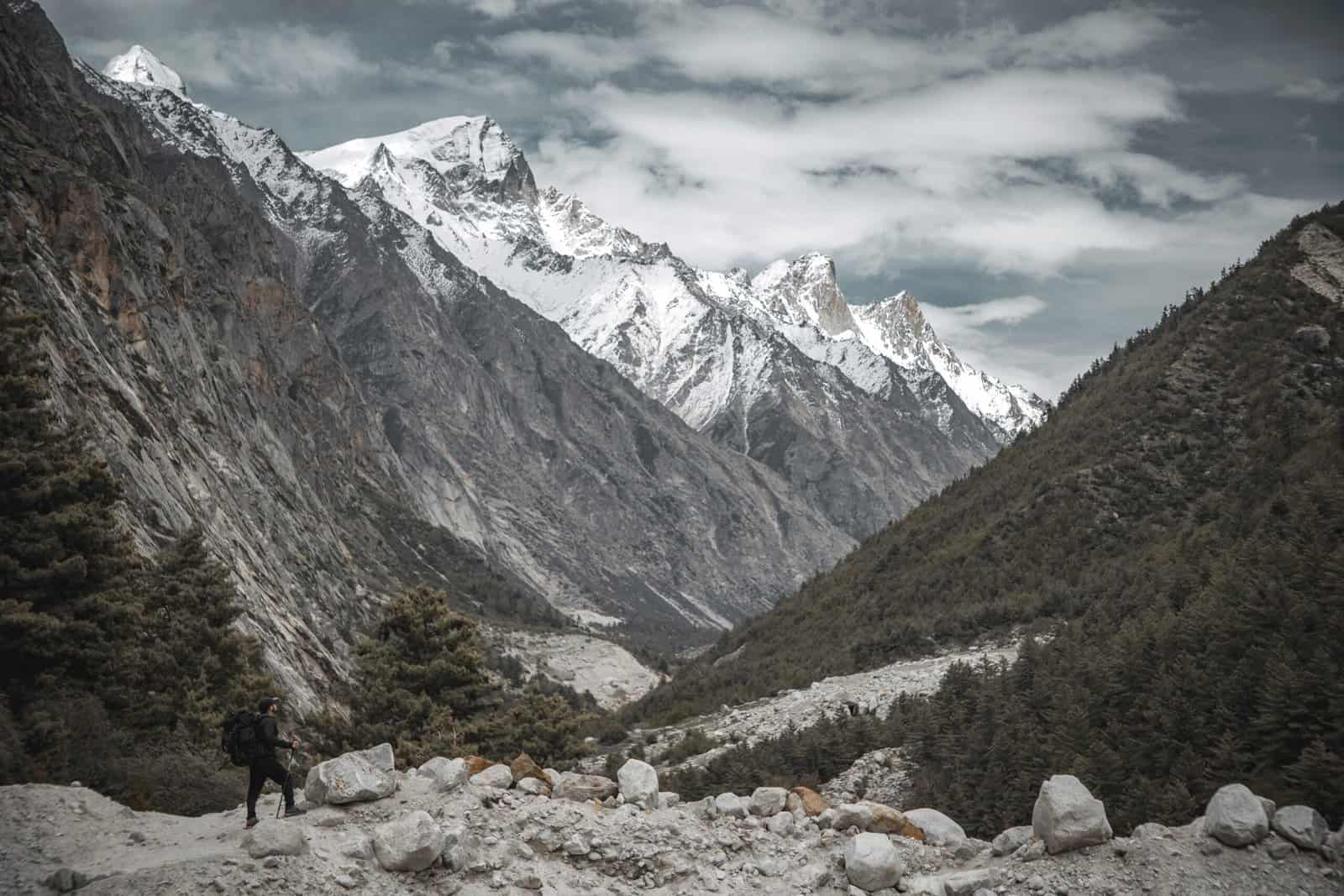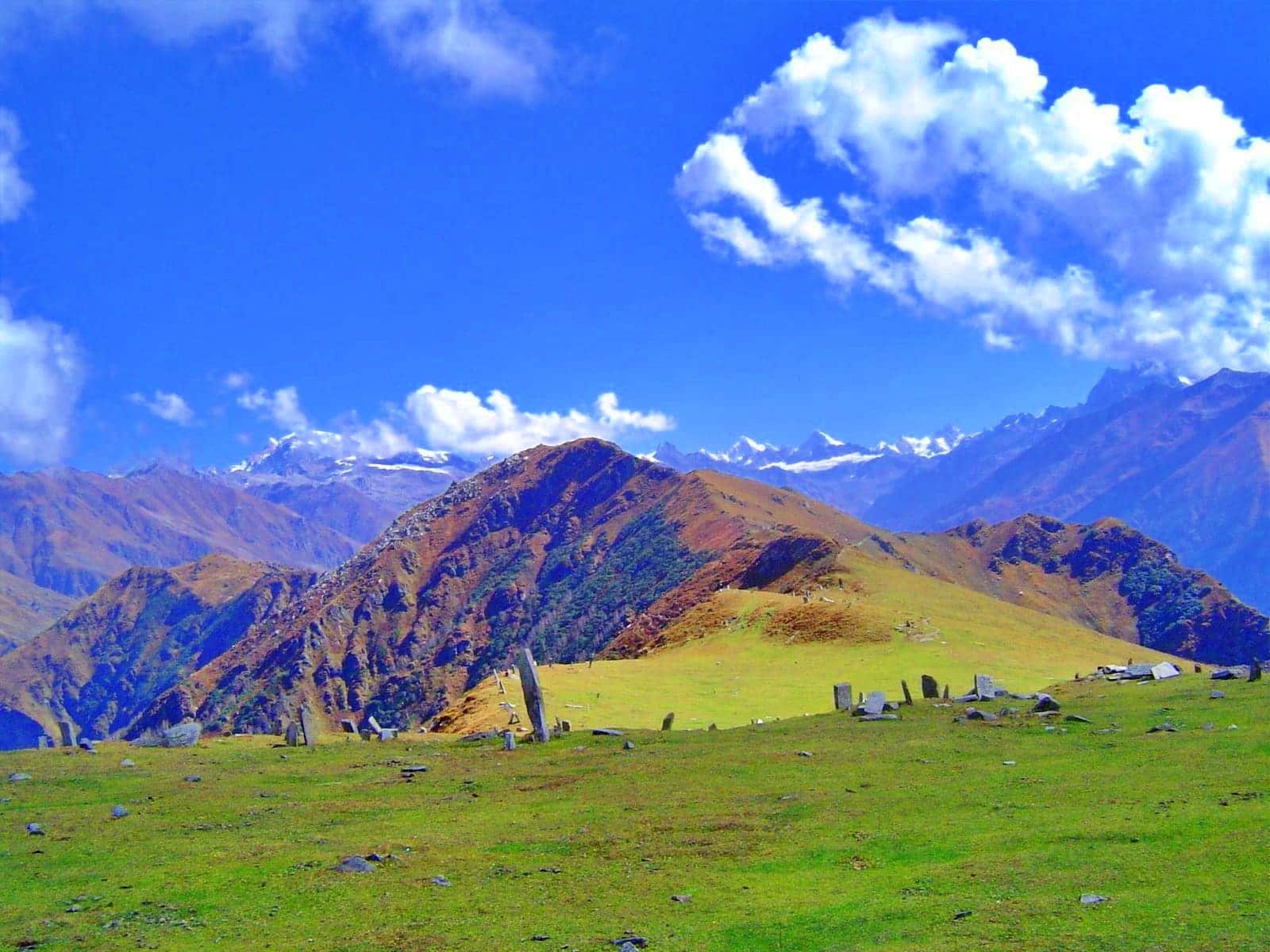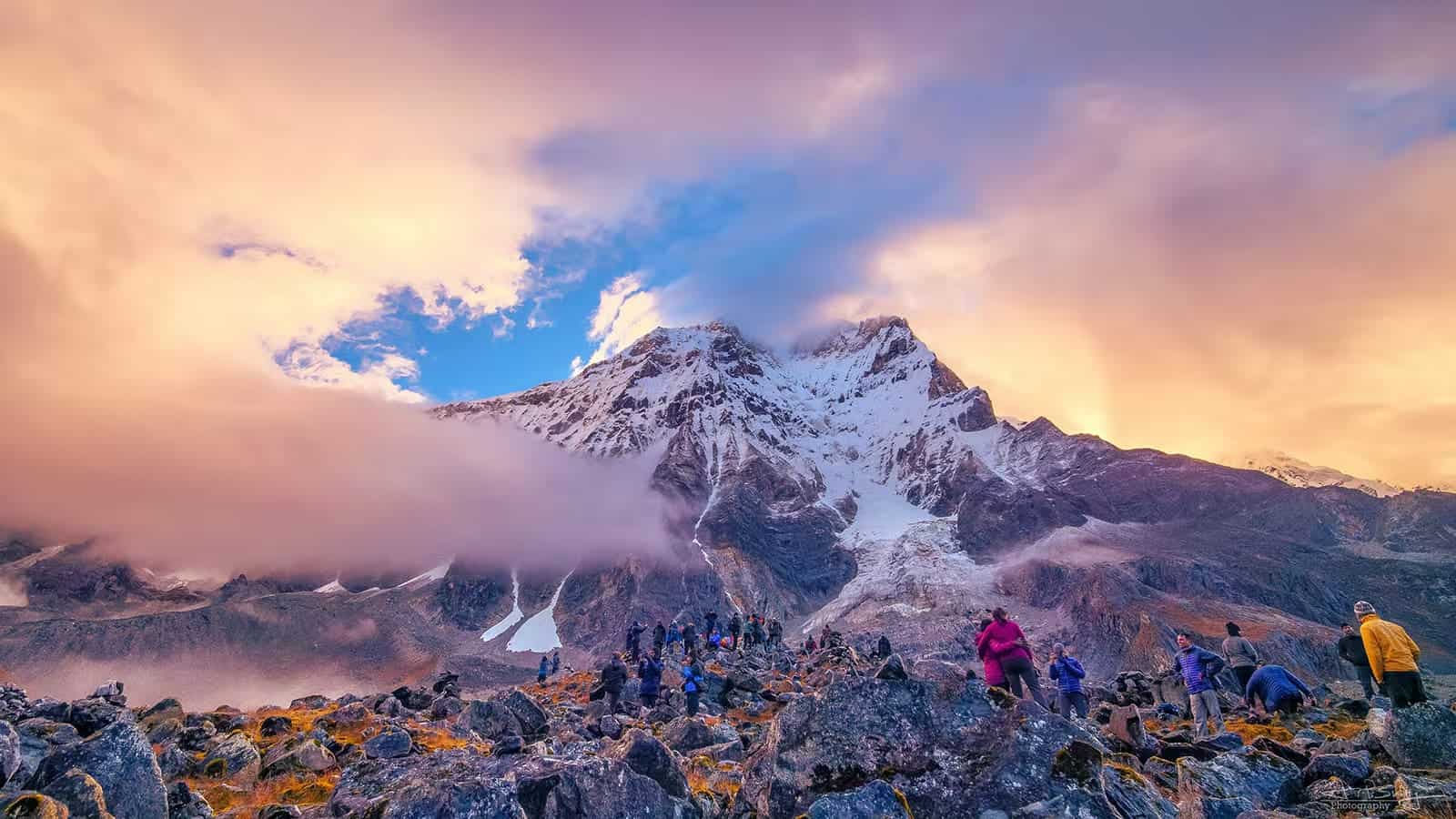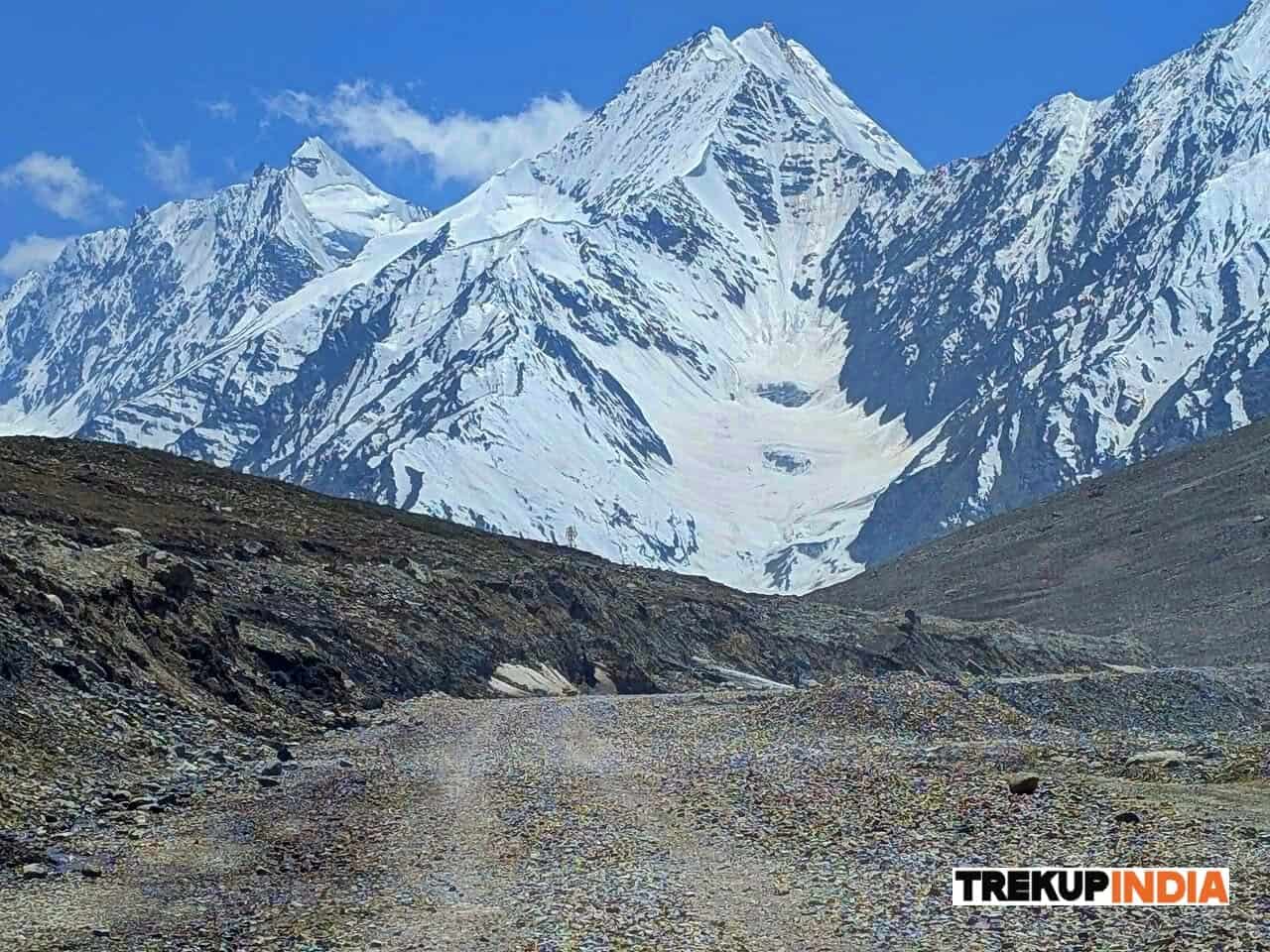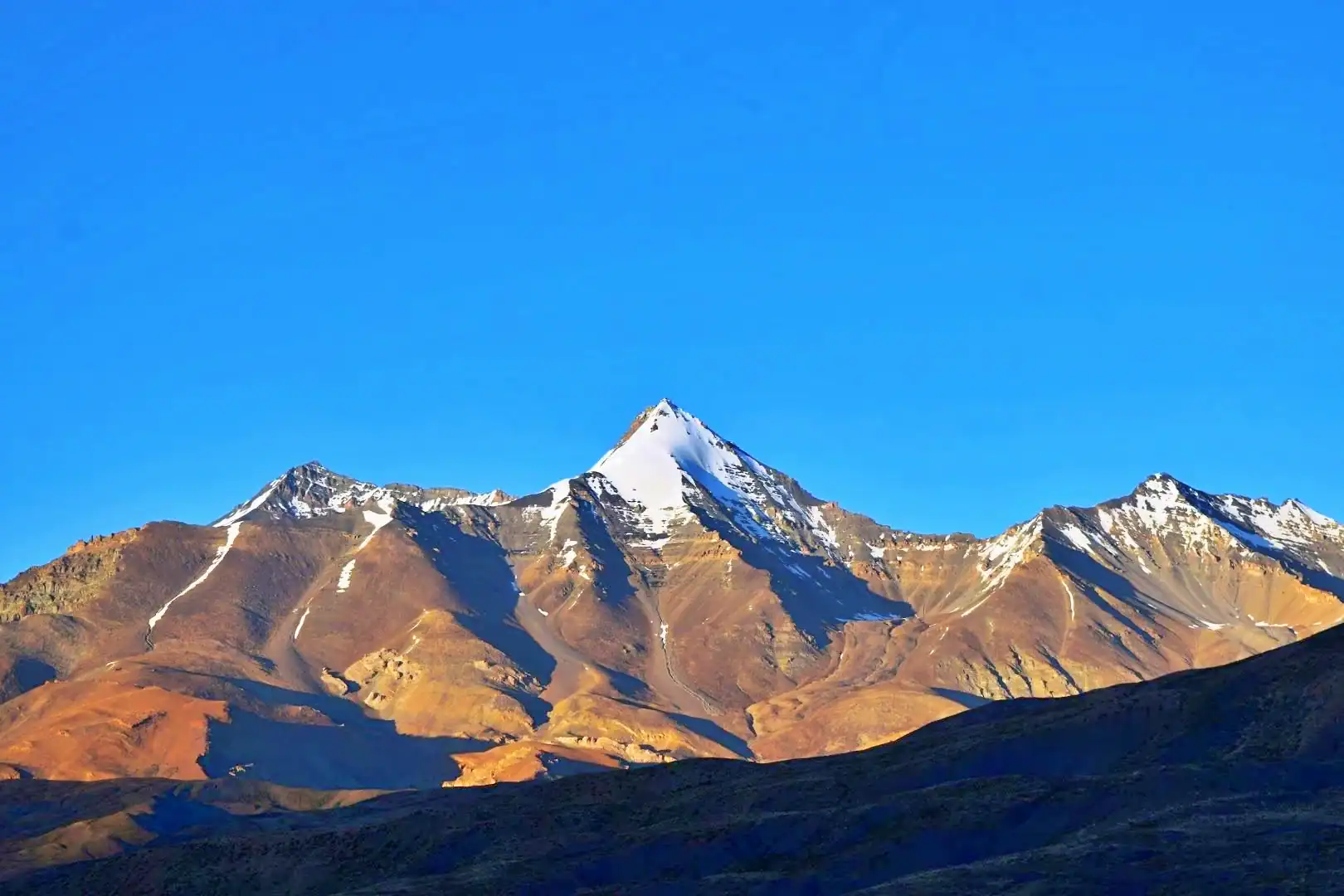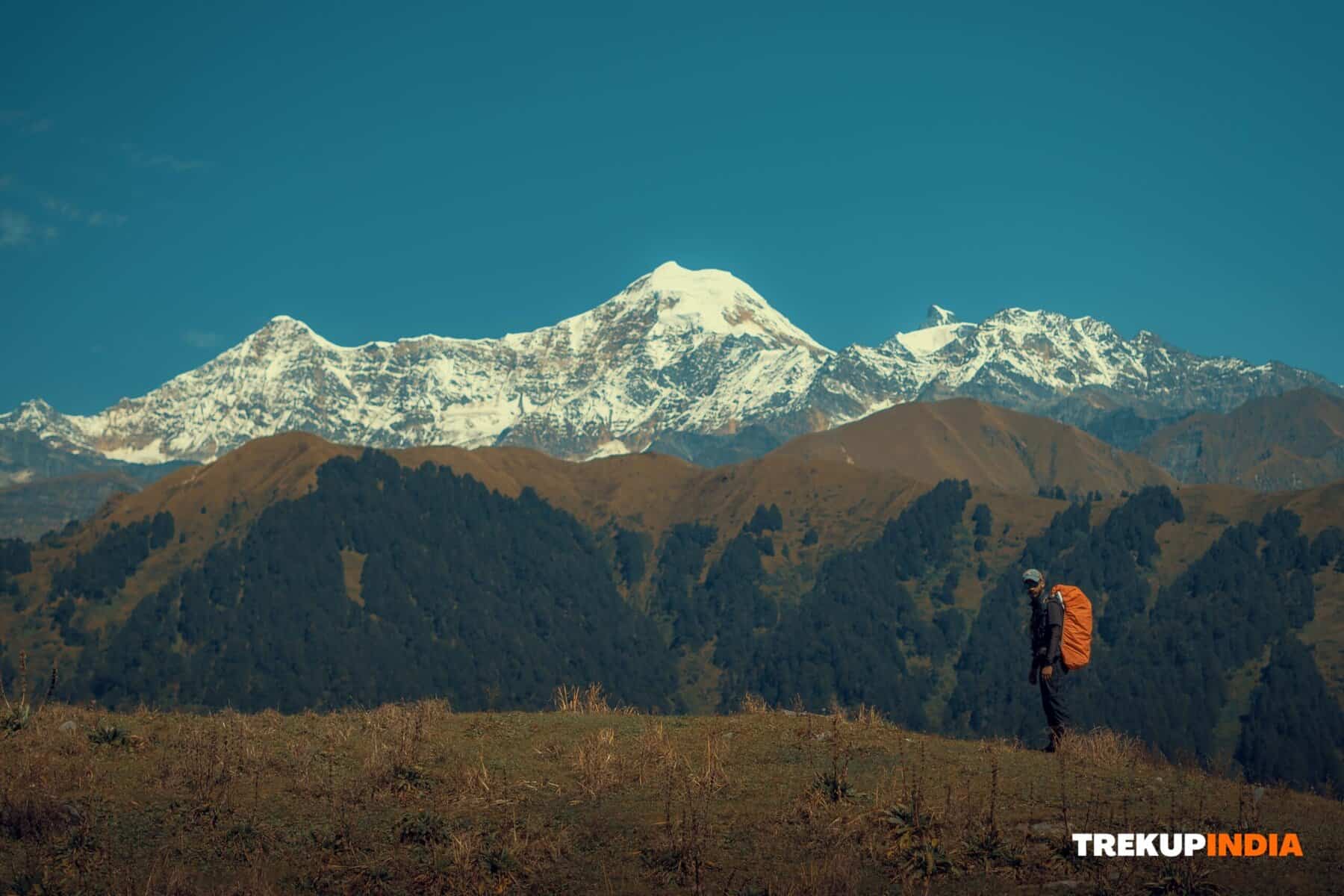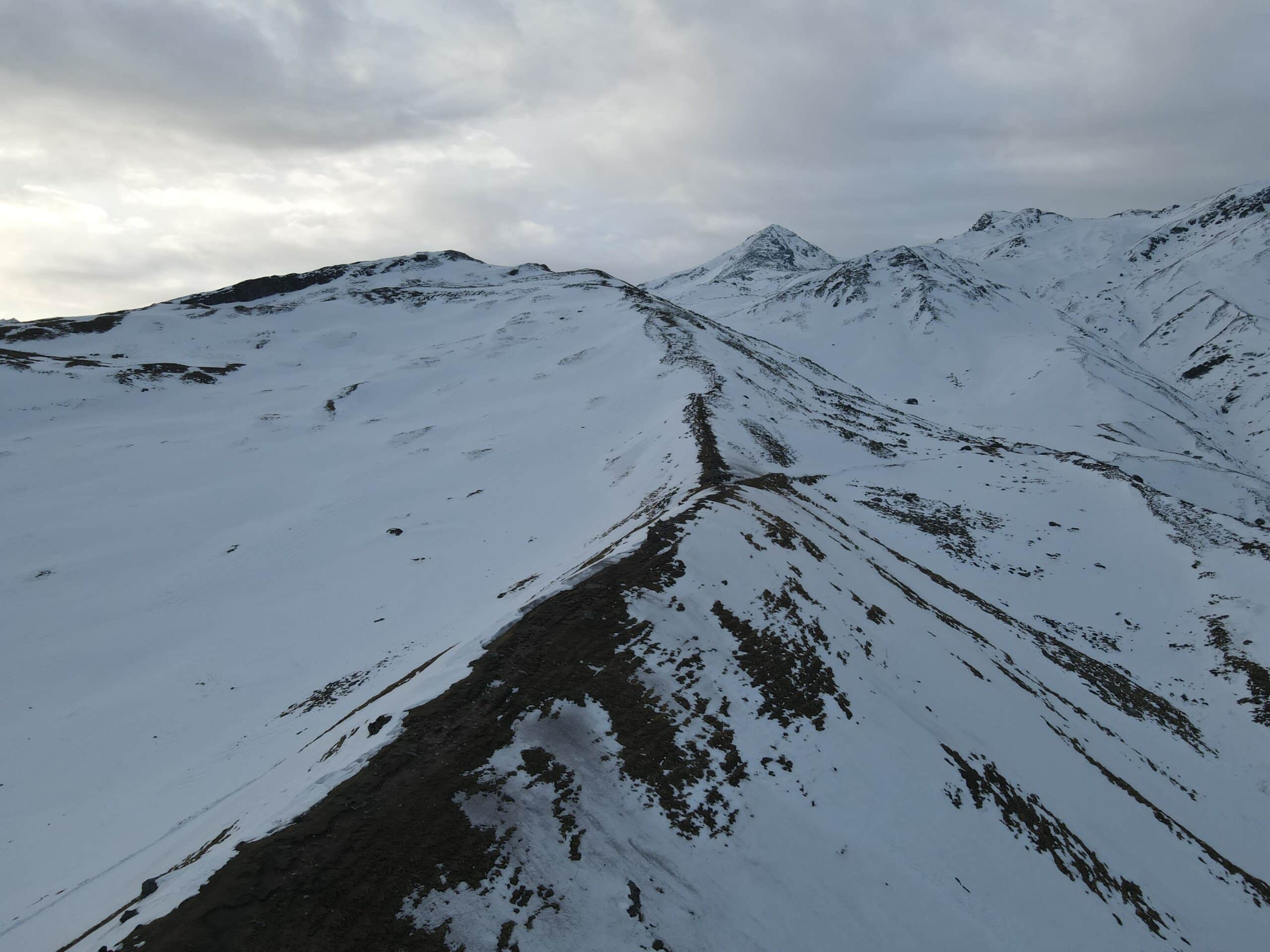Climb High Sleep Low Rule: The Golden Rule of Altitude Explained
What does “Trekking with Safety in Mind” entail when trekking the Himalayas or other high-altitude regions in India? Experienced mountaineers and trekkers often cite this mantra when discussing safe high-altitude trekking practices, according to Trekup India’s safety trekking platform. In this article, we’ll explain its importance for health, safety, and success during high-altitude trekking expeditions.
What Does “Climb High, Sleep Low” Mean?
At nightfall, it is recommended to descend from higher elevations for sleeping purposes. For instance, if trekking to 11,500 feet during the day and exploring viewpoints is on your itinerary, it’s best to descend back down to 10,000 feet before sleeping at night.
Acclimatization is an integral component of trekking at high altitudes. By slowly adapting your body to lower oxygen levels, acclimatization becomes an effective tool.
How It Works
As you ascend in altitude, oxygen levels decrease significantly – approximately 30-40% lower at 3,000 meters than at sea level. Your body must adjust slowly so as not to experience Acute Mountain Sickness or more serious conditions such as High-Altitude Pulmonary Edema and Brain Edema.
As you ascend higher, your body becomes exposed to thinner air, which causes an adaptive response – like increased production of red blood cells. By sleeping low, you ensure that oxygen-rich areas provide your body with what it needs for recovery and reduce strain. This ensures better recovery and helps ensure faster restoration after exertion.
Trekup India carefully plans its high-altitude treks according to this rule, making it easy for you to incorporate them into your itinerary.
1. Schedule Acclimatization Days
For every elevation increase of 2,000 to 3,000 feet, allow one day for rest/acclimatization. Use this day for short treks uphill before returning to basecamp.
Example: On the Kedarkantha Trek, trekkers ascend Juda Ka Talab in the morning before trekking across to another ridge (10500 ft), before returning to Juda Ka Talab by evening.
2. Limit Daily Altitude Gain
Once above 3,000 metres (10000 feet), try not to increase your sleeping height more than 300-500 meters (1,600-1600 ft). Take a day off if a particular route necessitates climbing higher.
3. Make Use of Side Climbs
Take an “active” day of rest by trekking up a nearby ridge (perhaps 200-300 meters higher) and back. Doing this will allow your body to adapt more quickly to climbing again.
What Happens If You Ignore It?
- Avoid altitude sickness at all costs by following the rule of “climb low and sleep high”.
- Mild symptoms of AMS may include headache, nausea, and fatigue.
- Severe AMS symptoms: difficulty walking straight and breathing issues even while at rest.
- HACE is a life-threatening condition and requires immediate evacuation from the area of exposure.
- Even fit trekkers can suffer from rapid ascent without proper acclimatization.
Conclusion
Altitude can sneak up on you slowly and without warning, posing both a danger to mountaineering and providing guidance for the enjoyment of mountain trips. Trekup India itineraries always consider this to allow trekkers to acclimate safely while enjoying trekking and mountaineering experiences.
About Author

Preetam Singh Rawat (Founder)
The person behind this trekking organization is someone who’s spent over a decade – 12 years, to be exact – living and breathing the mountains. With multiple high altitude summits under his belt (we’re talking 6000 to 7000 meter peaks), he’s not just experienced – he’s the real deal.
But what really sets him apart is the sheer number of treks he has guided. He has led over 200 Himalayan expeditions, including well known routes like Bali Pass, Buran Ghati, Rupin Pass, Pin Bhabha, Stok Kangri, and Black Peak. Not just once, but multiple times. So yeah, when it comes to the Himalayas, he knows every twist in the trail and every story the mountains have to tell.
Got questions or want to get in touch? Write to Preetam at preetam@trekupindia.com. He’s always happy to chat about treks, answer your questions, or help you prepare for your next big adventure.
Share this article
Dates For Upcoming Treks
Want To Trek Like Pro?
Basically, watch these videos if you want to trek the same way professional trekkers do and make your skills better. These videos contain useful tips and techniques to further improve your trekking skills itself. These videos actually help both new and experienced trekkers improve their trekking skills. These videos definitely provide useful tips that make your trek better. We are seeing that these videos by Trekup India experts will only help you make your trekking skills better.
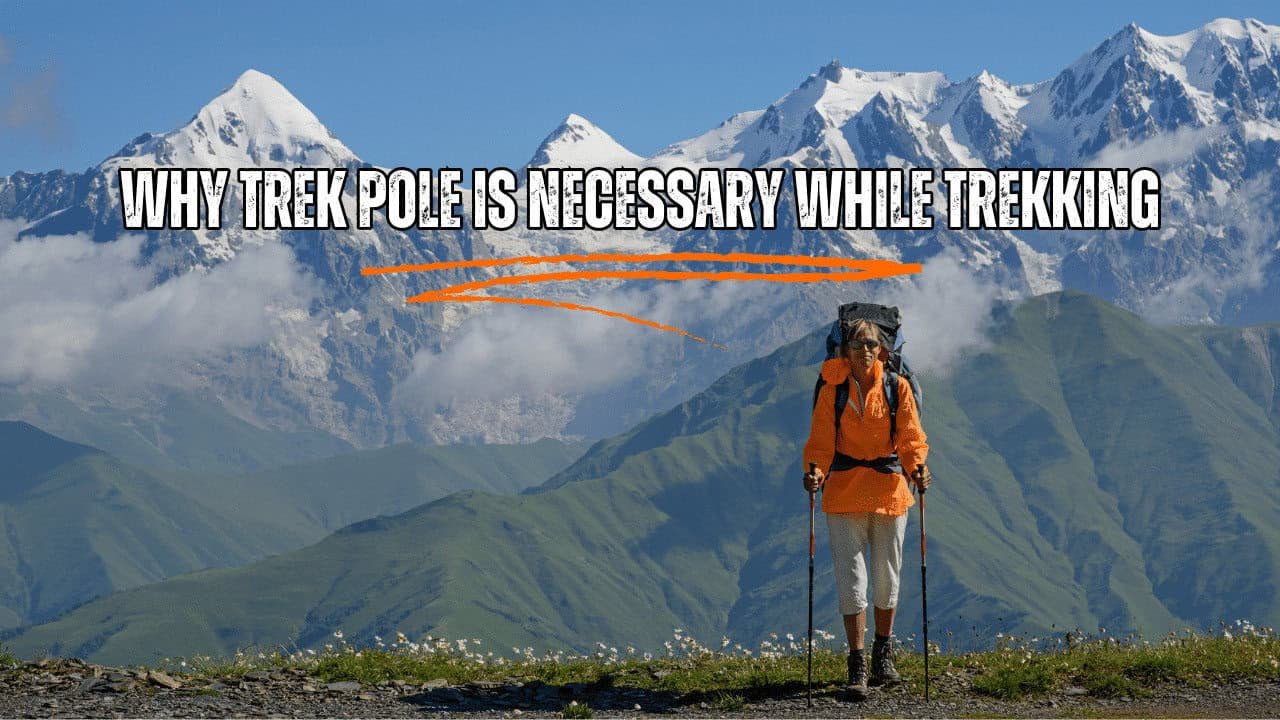
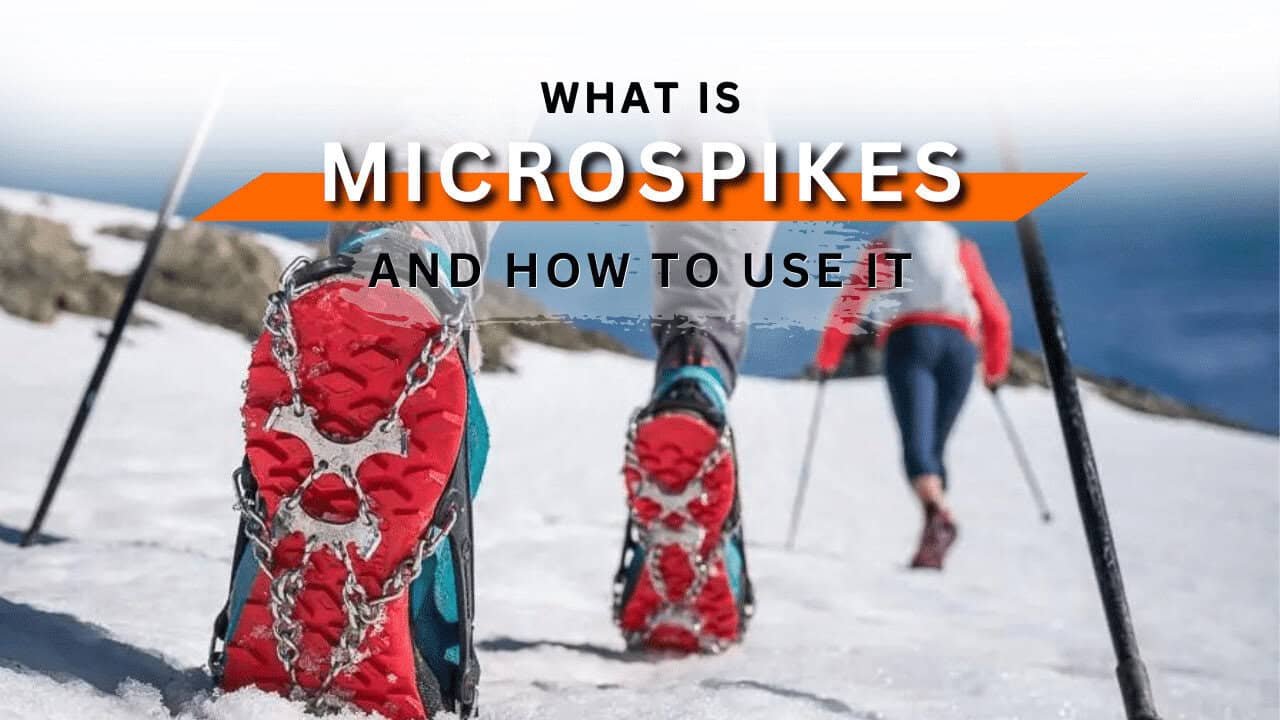

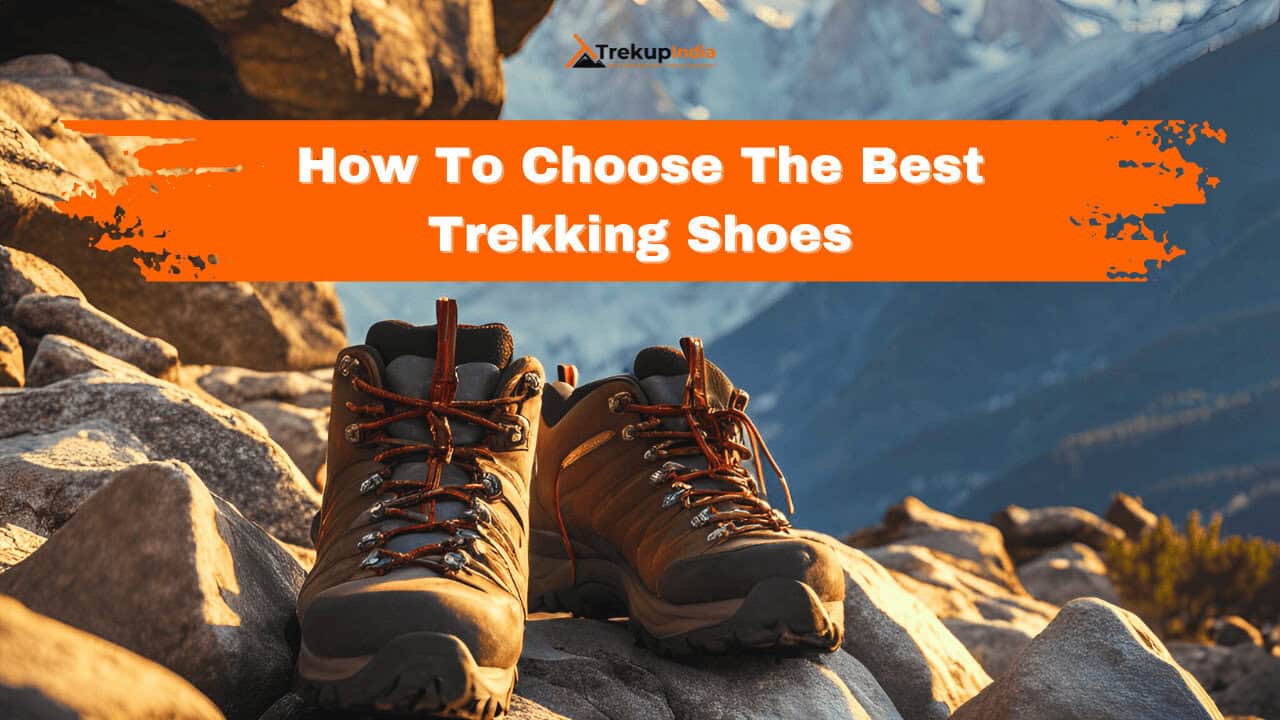

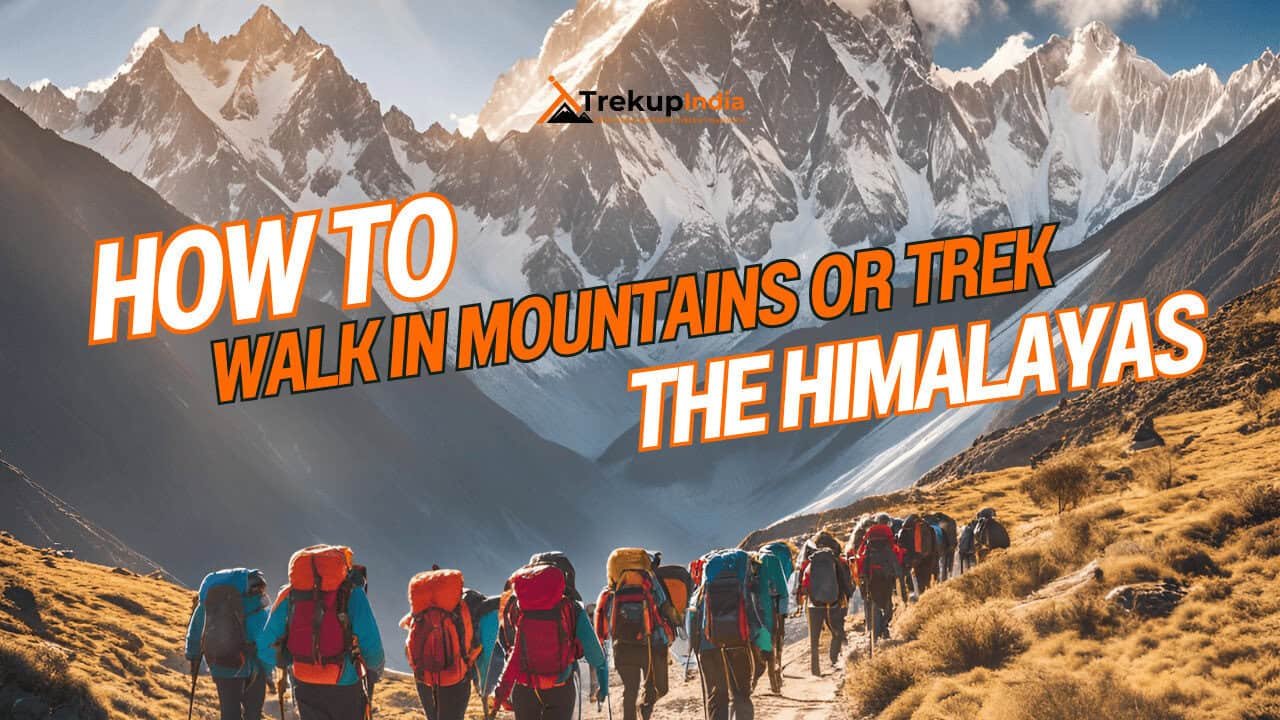

Know Everything About Acute Mountain Sickness
Acute Mountain Sickness occurs when people trek to high altitudes above 8,000 feet. This condition itself develops further due to reduced oxygen levels at such heights. Basically, as you go higher up, the air pressure and oxygen levels decrease, which causes the same problem. Acute Mountain Sickness surely causes headache, nausea, vomiting, and dizziness in affected persons. Moreover, peoples also experience difficulty in sleeping during this condition. To avoid mountain sickness, you should actually trek up slowly to higher altitudes. To learn further about this condition itself, watch the videos by Trekup India.
